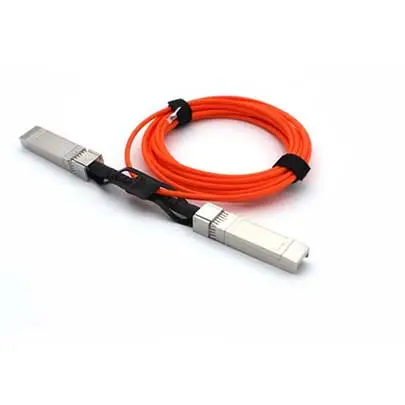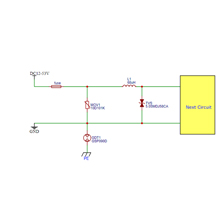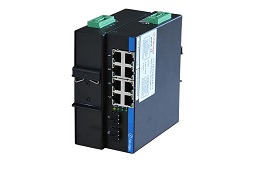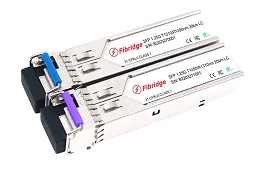Fibridge’s 40G SFP Optical Transceivers – where cutting-edge technology meets unparalleled performance. Designed for high-speed data transmission, our transceivers ensure seamless connectivity and exceptional reliability. Whether you’re upgrading your data center or enhancing your network infrastructure, Fibridge delivers the speed and efficiency you need. Experience crystal-clear data transfer with minimal latency, all in a compact, energy-efficient design. Trust Fibridge to bridge the gap between innovation and excellence. Elevate your network capabilities with our 40G SFP Optical Transceivers – because your data deserves the best.

When choosing a 40G SFP Optical Transceiver, consider the following factors:
Transmission Distance: Determine the required transmission distance to select the appropriate type (SR4, LR4, or ER4).
Fiber Type: Ensure compatibility with the existing fiber infrastructure, whether it is multimode fiber (MMF) or single-mode fiber (SMF).
Compatibility: Verify that the transceiver is compatible with the network equipment, such as switches and routers, from the same or different manufacturers.
Power Consumption: Consider the power consumption of the transceiver, especially in large-scale deployments, to manage heat dissipation and energy costs.
Budget: Evaluate the cost of the transceiver in relation to the network’s performance requirements and budget constraints.
Yes, 40G SFP Optical Transceivers can be used in existing 10G networks through a process called “breakout” or “fan-out.” This involves using a breakout cable that splits the 40G signal into four separate 10G signals, allowing the 40G transceiver to connect to four 10G ports. This is particularly useful for network upgrades, where existing 10G infrastructure can be leveraged while gradually transitioning to higher-speed 40G connections. However, it is essential to ensure that the network equipment supports breakout configurations and that the appropriate cables and connectors are used.

Beijing Fibridge Co., Ltd.



